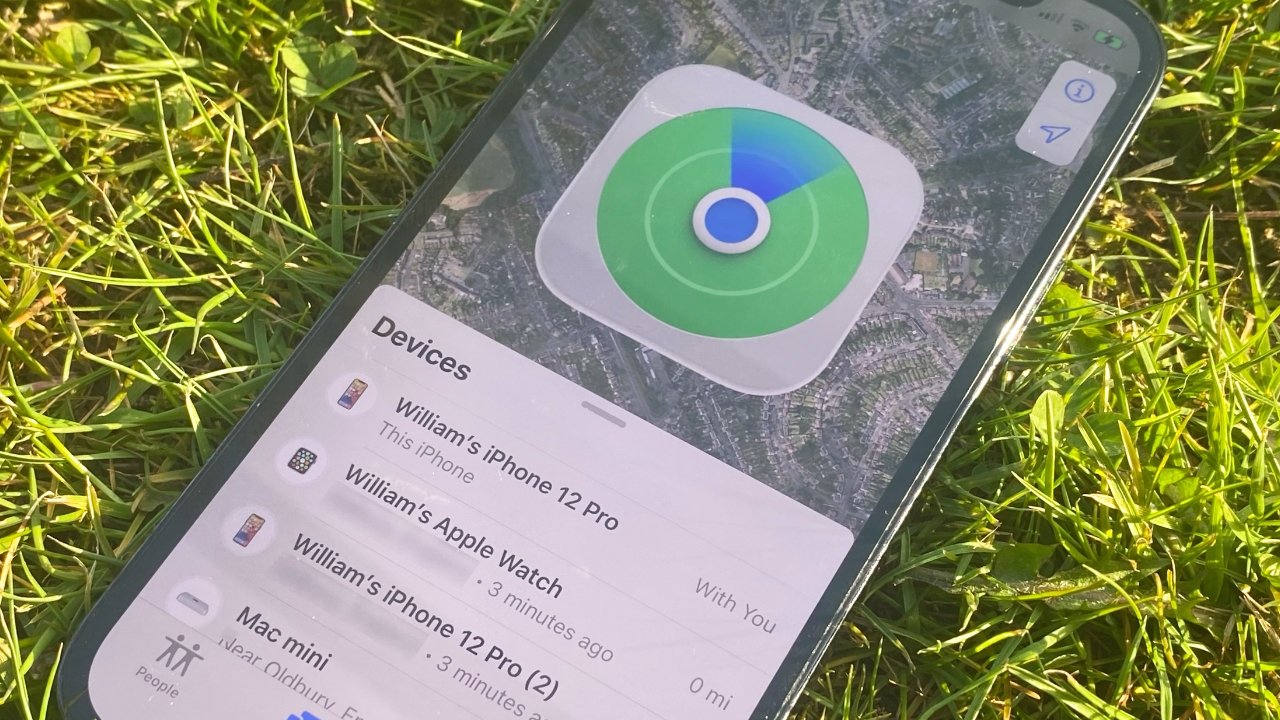The convergence of macOS and iPadOS has been a topic of interest among tech enthusiasts for years. While Apple maintains distinct boundaries between these operating systems, recent developments suggest that the community is making strides in bridging this gap.
Renowned developer Steve Troughton-Smith recently highlighted on Mastodon the potential for hackintosh to refer not just to custom-built Mac clones but also to iPads running macOS. He noted, Apple may not bring macOS to iPad, but it looks like we’re getting to a point where people can hackintosh it together on a jailbroken device anyway.
Supporting this assertion, developer Duy Tran shared images on X (formerly Twitter) showcasing macOS applications like Terminal, Disk Utility, Activity Monitor, and even Xcode operating on iPhone hardware. These visuals indicate a nascent yet promising effort to port macOS functionalities to iOS devices.
For those interested in the technical aspects, Tran has provided preliminary documentation on his GitHub repository under the project titled MacWSBootingGuide. It’s essential to note that this project is in its early stages, and users should proceed with caution and a solid understanding of the processes involved.
The feasibility of such experiments is largely due to modern jailbreaking tools. However, these tools are becoming increasingly scarce. Tools like palera1n, compatible up to iOS 18.3.2, and Dopamine can unlock specific iPhones and iPads. Compatibility is contingent upon the device’s chipset and operating system version. Notably, older models equipped with A11 or earlier processors benefit from the unpatchable checkm8 exploit, whereas newer devices can only be jailbroken on select older firmware versions.
While these developments are intriguing, they come with inherent risks. Jailbreaking can expose devices to security vulnerabilities, instability, and potential breaches of Apple’s end-user license agreement. Users should weigh these factors carefully before attempting such modifications.
In the broader context, Apple continues to enhance iPadOS with features reminiscent of macOS. The upcoming iPadOS 26, currently available in developer and public beta versions, introduces several Mac-like functionalities. The official release is anticipated in September.
For those considering delving into jailbreaking and macOS experimentation on iPads, having the right tools is crucial. Essential accessories include:
– MFi-certified USB-C to Lightning cable: Ensures reliable connections for DFU restores and jailbreak processes.
– USB-C to USB-A adapter: Facilitates the connection of legacy tools to modern Macs.
– Powered USB hub: Provides stability during extended flashing or restore operations.
– Portable SSD: Offers a centralized location for storing macOS images, jailbreak files, and backups.
In conclusion, the endeavor to run macOS on jailbroken iPads is gaining momentum, driven by a dedicated community of developers and enthusiasts. While the technical challenges are significant, the progress made thus far is commendable. As always, users should approach such modifications with caution, ensuring they are well-informed about the potential risks and implications.



